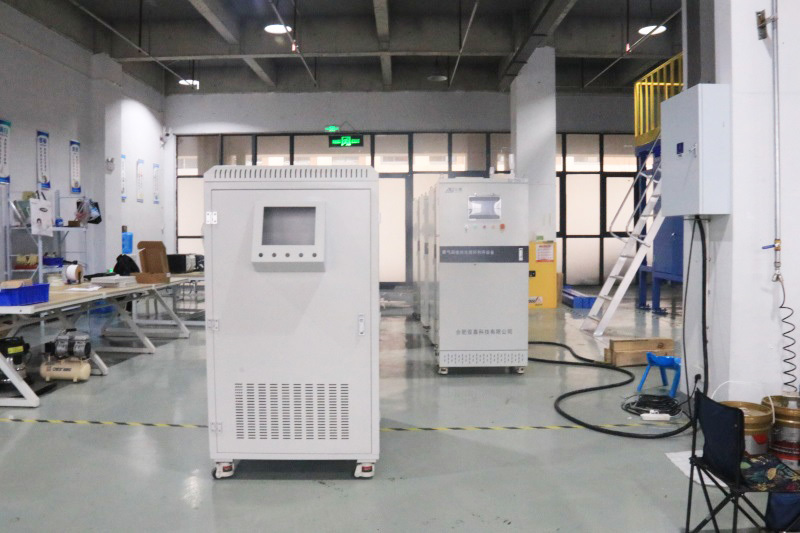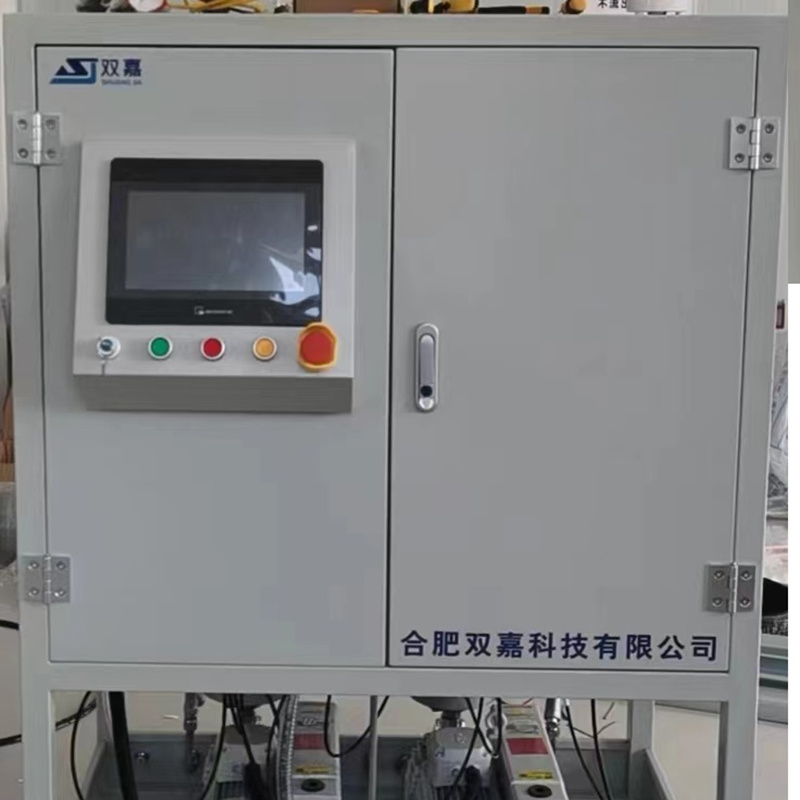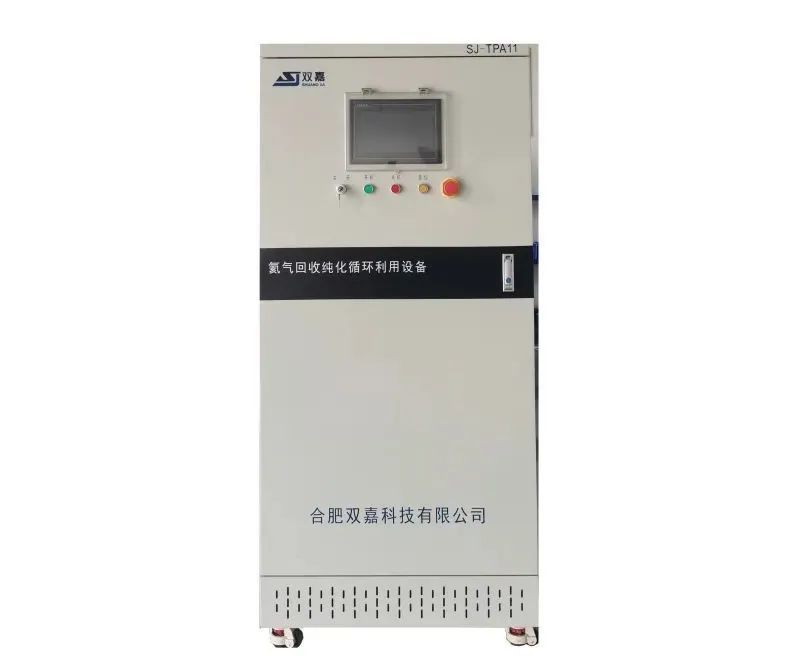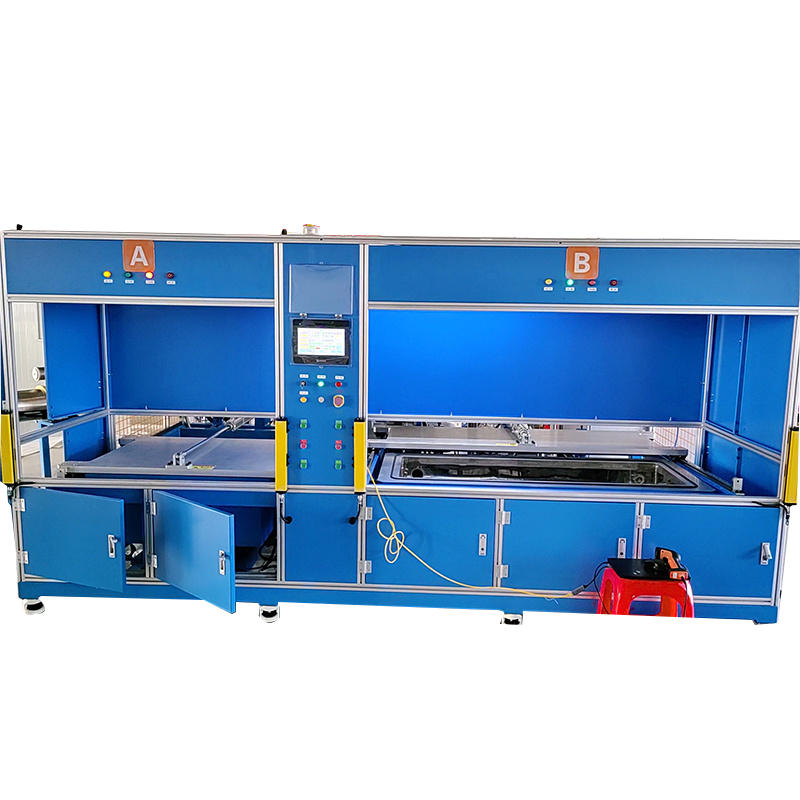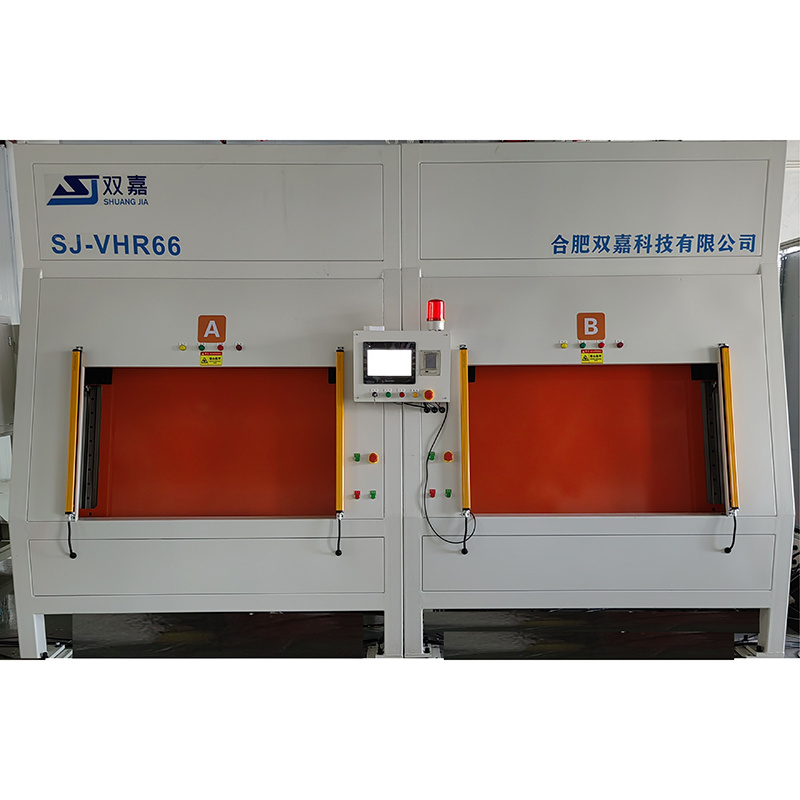Information Details
Enhancing Efficiency: The Role of Helium Recovery and Recirculation Equipment
Helium recovery and recirculation equipment plays a vital role in various industrial processes, particularly in fields that utilize helium as a cooling or protective gas. Helium, being a non-renewable resource, is not only costly but also essential for many applications, including cryogenics, semiconductor manufacturing, and MRI machines. As industries increasingly recognize the importance of sust
Release time:
2025-04-26
Helium recovery and recirculation equipment plays a vital role in various industrial processes, particularly in fields that utilize helium as a cooling or protective gas. Helium, being a non-renewable resource, is not only costly but also essential for many applications, including cryogenics, semiconductor manufacturing, and MRI machines. As industries increasingly recognize the importance of sustainability, investing in helium recovery systems has become indispensable.
The primary function of helium recovery and recirculation equipment is to capture and reuse helium that would otherwise be wasted during processes. This equipment is designed to collect helium that escapes during use, compress it, and then recycle it back into the system. By effectively recovering helium, industries can significantly reduce their reliance on external helium supplies, which can fluctuate in availability and price. This not only ensures a steady supply but also helps in minimizing operational costs.
Moreover, the environmental impact of helium usage is another critical consideration. Helium is a finite resource, and its depletion could have serious consequences for industries that depend on it. By employing recovery and recirculation systems, companies contribute to resource conservation and demonstrate their commitment to sustainable practices. This is particularly relevant as consumers and regulatory bodies increasingly advocate for environmentally friendly operations.
In addition to environmental benefits, helium recovery systems also improve operational efficiency. By recycling helium, industries can maintain optimal working conditions without frequent interruptions to replenish supplies. This leads to enhanced productivity and can significantly streamline manufacturing processes. The advanced technology behind helium recovery systems ensures that they are both effective and reliable, allowing industries to focus on their core operations without the worry of helium shortages.
It's important to note that the implementation of helium recovery and recirculation equipment requires careful planning and integration into existing systems. Companies must assess their specific needs and the scale of helium usage to select the right technology. Additionally, training personnel on the operation and maintenance of these systems is crucial for achieving maximum efficiency.
In conclusion, helium recovery and recirculation equipment is a vital investment for industries that utilize helium. Not only does it provide significant cost savings and enhance operational efficiency, but it also plays a crucial role in conserving this valuable resource. As industries continue to prioritize sustainability, the adoption of such equipment will likely increase, paving the way for a more responsible and efficient use of helium in various applications. By understanding the importance of these systems, companies can make informed decisions that benefit both their operations and the environment.
The primary function of helium recovery and recirculation equipment is to capture and reuse helium that would otherwise be wasted during processes. This equipment is designed to collect helium that escapes during use, compress it, and then recycle it back into the system. By effectively recovering helium, industries can significantly reduce their reliance on external helium supplies, which can fluctuate in availability and price. This not only ensures a steady supply but also helps in minimizing operational costs.
Moreover, the environmental impact of helium usage is another critical consideration. Helium is a finite resource, and its depletion could have serious consequences for industries that depend on it. By employing recovery and recirculation systems, companies contribute to resource conservation and demonstrate their commitment to sustainable practices. This is particularly relevant as consumers and regulatory bodies increasingly advocate for environmentally friendly operations.
In addition to environmental benefits, helium recovery systems also improve operational efficiency. By recycling helium, industries can maintain optimal working conditions without frequent interruptions to replenish supplies. This leads to enhanced productivity and can significantly streamline manufacturing processes. The advanced technology behind helium recovery systems ensures that they are both effective and reliable, allowing industries to focus on their core operations without the worry of helium shortages.
It's important to note that the implementation of helium recovery and recirculation equipment requires careful planning and integration into existing systems. Companies must assess their specific needs and the scale of helium usage to select the right technology. Additionally, training personnel on the operation and maintenance of these systems is crucial for achieving maximum efficiency.
In conclusion, helium recovery and recirculation equipment is a vital investment for industries that utilize helium. Not only does it provide significant cost savings and enhance operational efficiency, but it also plays a crucial role in conserving this valuable resource. As industries continue to prioritize sustainability, the adoption of such equipment will likely increase, paving the way for a more responsible and efficient use of helium in various applications. By understanding the importance of these systems, companies can make informed decisions that benefit both their operations and the environment.
Helium recovery and recirculation equipment
Latest Blog


